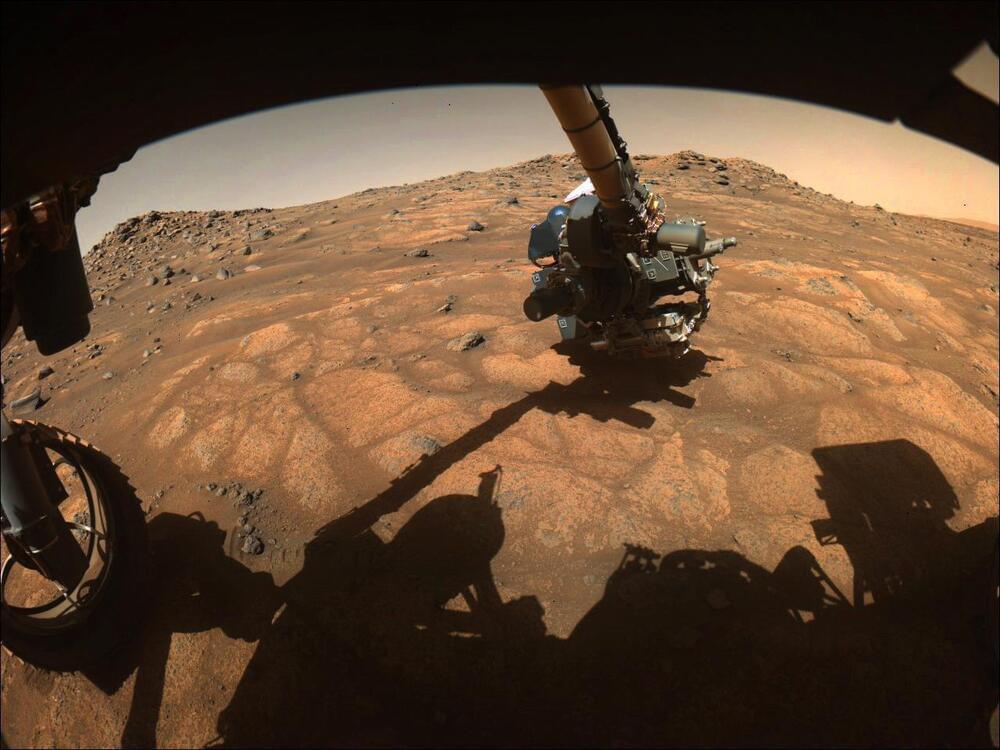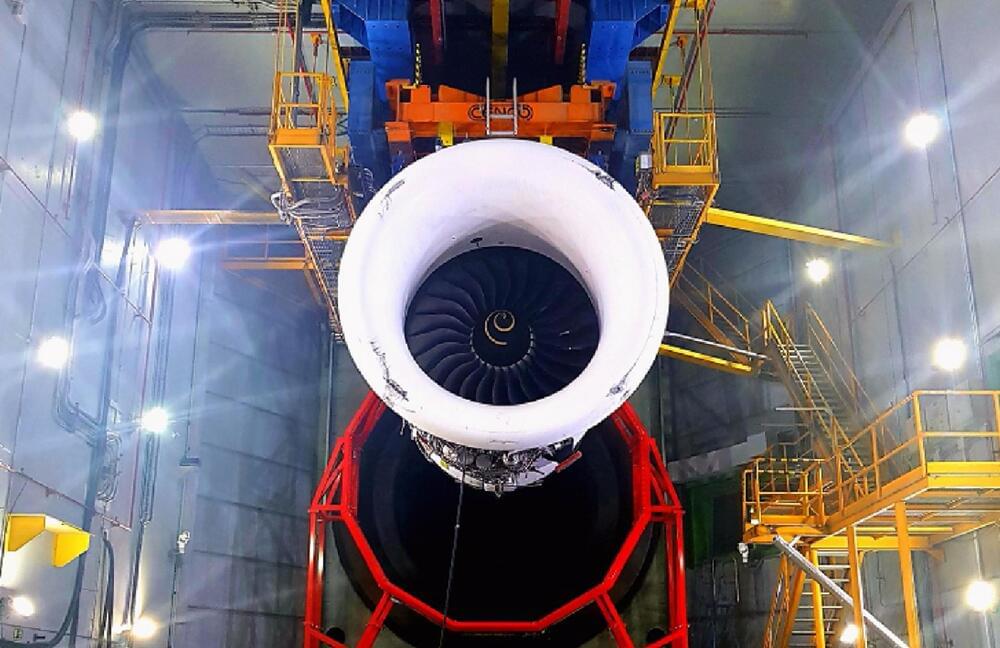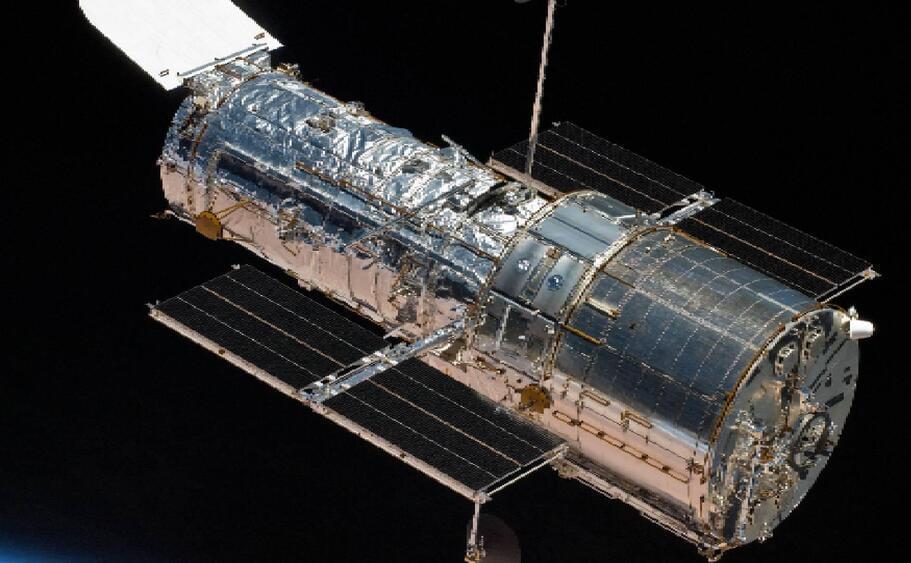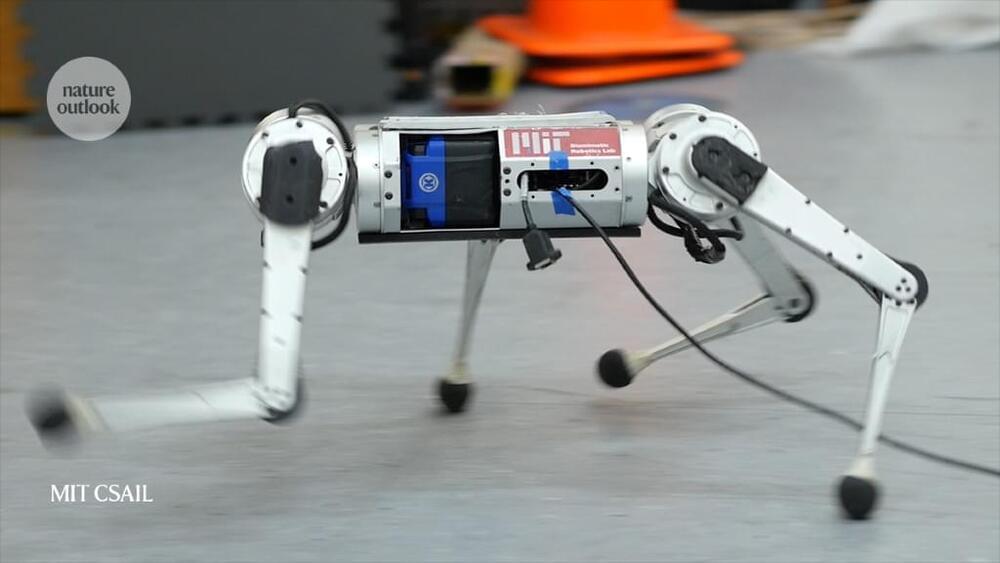Join us to build the future of AI → https://www.tesla.com/ai
Get the latest international news and world events from around the world.
Aubrey de Grey’s main short-term focus on his next endeavour (videoclip with S/T in Spanish)
I just uploaded in my YouTube channel my latest videoclip.
It’s an excerpt of an interview made few days ago by Phil Newman, Editor-in-Chief of Longevity. Technology to Aubrey de Grey.
Le he agregado S/T en Español.
Aubrey de Grey is interviewed by Phil Newman, Editor-in-Chief of Longevity. Technology (https://longevity.technology/) and founder of First Longevity (https://www.firstlongevity.com/).
In this clip, Aubrey explains what are the main efforts he will be put in place once the brand new Foundation he’s launching becomes fully operative.


Stanford’s new 3D printing tech is up to 10 times faster than the quickest printer
Researchers were successful in printing models of well-known structures from several nations.
The developments in the field of additive manufacturing continue unabated. This time, Stanford University’s new burst will bring further innovation to the industry.
Published in Science Advances on September 28, the results demonstrate that the novel process is much faster than the quickest high-resolution printing method currently available.
William Pan/Stanford University.
Engineers at Stanford University have created a 3D printing process that is 5 to 10 times faster than the fastest high-resolution printer currently on the market and can use different types of resin to create a single object.

Detecting Proof Of Life In Mars Samples May Be Well-Nigh Impossible
Finding definitive evidence for past primitive life in ancient Mars rock and soil samples may be well-nigh impossible, renowned geologist and astrobiologist Frances Westall told me at the recent Europlanet Science Congress (EPSC) in Granada, Spain. And she should know. Westall is someone who still claims the discovery of Earth’s oldest-known microfossils, dating back some 3.45-billion-years ago.
But it’s hard enough to identify primitive microfossils in Earth’s oldest rocks, much less from robotic samples taken on Mars. Thus, if we have a hard time identifying past life on Earth, what hope do we have of doing it with Mars samples?
“I think it’s going to be really difficult,” said Westall, a researcher at France’s Center for Molecular Biophysics in Orleans. “I can tell you, there’s going to be a lot of arguments about it.”

Researchers successfully capture the first images of carbon dioxide emissions in aircraft engine
Capturing combustion on a large scale is now possible.
The first cross-sectional photos of carbon dioxide in a jet engine exhaust plume were taken by researchers using brand-new near-infrared light imaging technology.
The research was published in Applied Optics’ 28th issue.
Gordon Humphries/University of Strathclyde.
As claimed in the statement, the development of more ecologically friendly engines and aviation fuels could be sped up with the aid of this brand-new cutting-edge technology for turbine combustion.

NASA and SpaceX explore using Dragon to send Hubble back to its initial position
NASA and SpaceX are undertaking a feasibility study.
The Hubble Space Telescope could one day be serviced by a private SpaceX spacecraft called Dragon, according to an article published by Space.com
Jensen further added that a Dragon Hubble mission wouldn’t necessarily need to be crewed. The study might point the way to an uncrewed mission with Dragon or even a different aircraft.
An orbit derailed.
Hubble is in a good state at the moment but its orbit has been derailed a little over the past 33 years due to atmospheric drag. The telescope currently travels around Earth at an altitude of about 335 miles (540 kilometers), roughly 38 miles (60 km) lower than its initial orbit.

What is ‘dark data’? How digital information is quietly sapping energy
Digitalization generated 4 percent of the total greenhouse emissions in 2020.
More than half of the digital data firms generate is collected, processed, and stored for single-use purposes. Often, it is never re-used. This could be your multiple near-identical images held on Google Photos or iCloud, a business’s outdated spreadsheets that will never be used again, or data from internet of things sensors that have no purpose.
This “dark data” is anchored to the real world by the energy it requires. Even data that is stored and never used again takes up space on servers — typically huge banks of computers in warehouses. Those computers and those warehouses all use lots of electricity.
Gorodenkoff/iStock.
This is a significant energy cost that is hidden in most organizations. Maintaining an effective organizational memory is a challenge, but at what cost to the environment?

The Cybertruck will also be a boat, says Elon Musk
He made the announcement as usual over Twitter.
Over the years, we have watched with excitement as Tesla CEO Elon Musk has revealed more and more details about the Cybertruck. On Thursday, he took to Twitter to share one more feature of the truck: it will be waterproof enough to briefly serve as a boat.
Tesla.
A waterproof vehicle.

Bioinspired robots walk, swim, slither and fly
Such robotic schools could be tasked with locating and recording data on coral reefs to help researchers to study the reefs’ health over time. Just as living fish in a school might engage in different behaviours simultaneously — some mating, some caring for young, others finding food — but suddenly move as one when a predator approaches, robotic fish would have to perform individual tasks while communicating to each other when it’s time to do something different.
“The majority of what my lab really looks at is the coordination techniques — what kinds of algorithms have evolved in nature to make systems work well together?” she says.
Many roboticists are looking to biology for inspiration in robot design, particularly in the area of locomotion. Although big industrial robots in vehicle factories, for instance, remain anchored in place, other robots will be more useful if they can move through the world, performing different tasks and coordinating their behaviour.